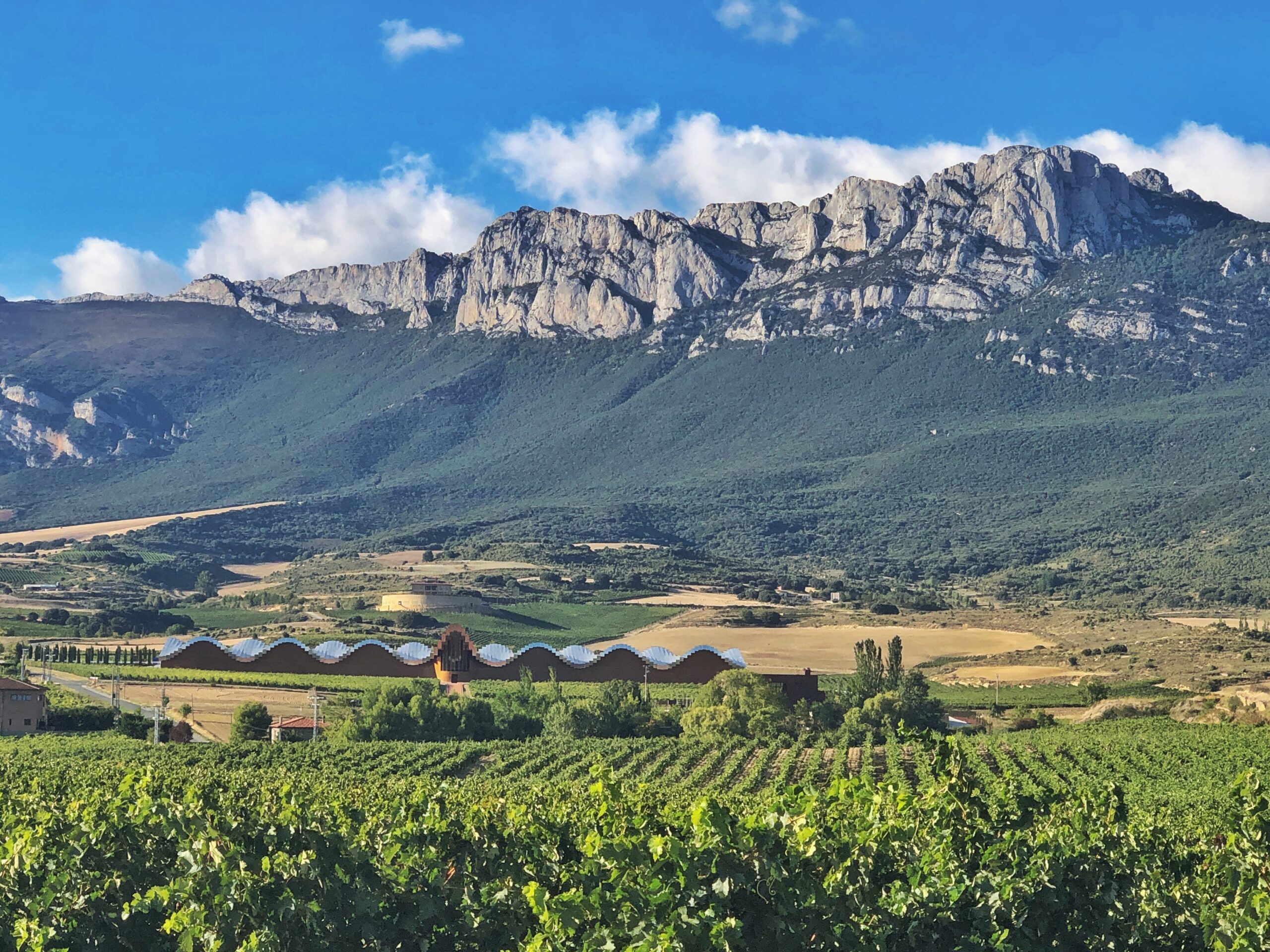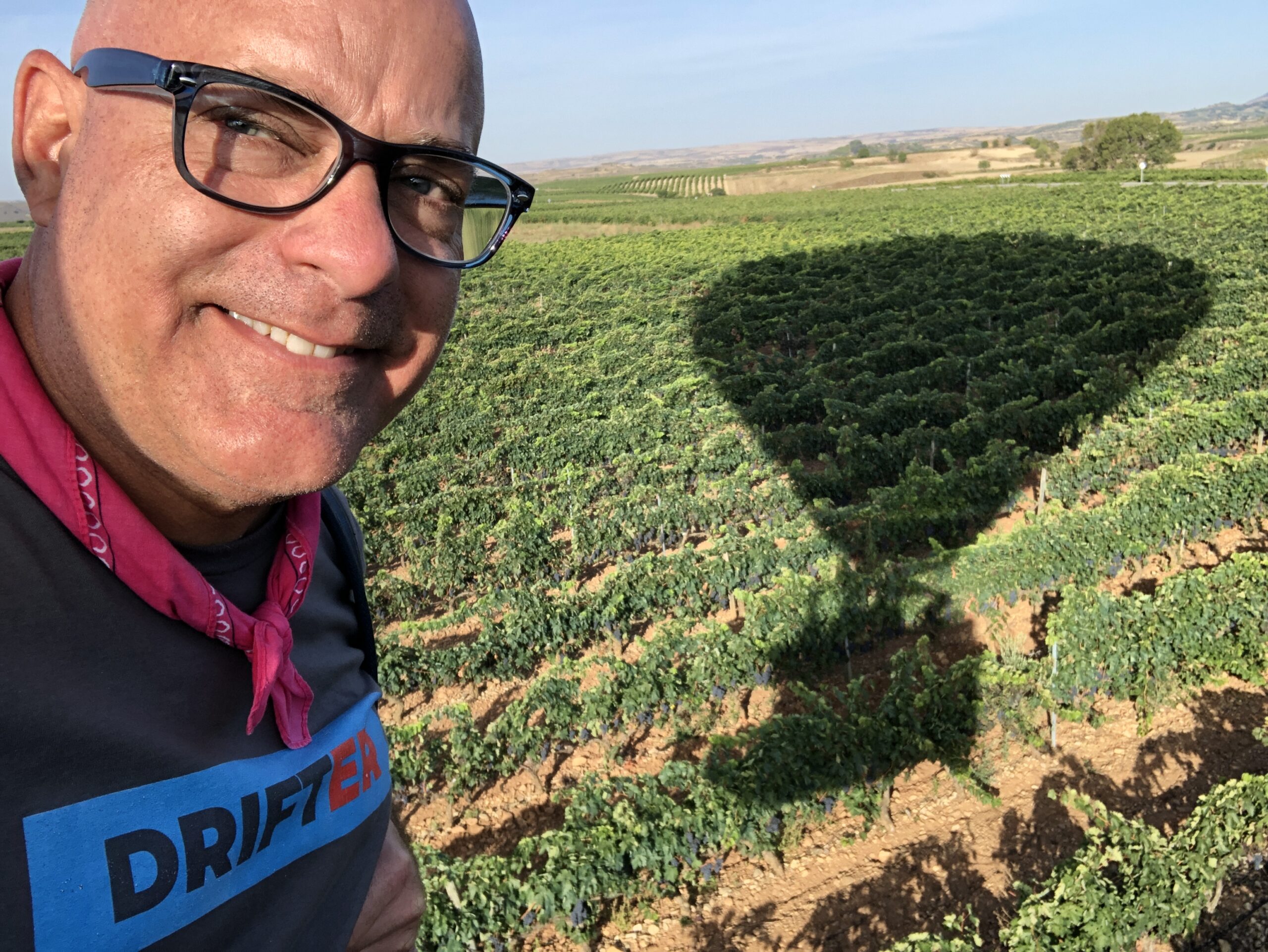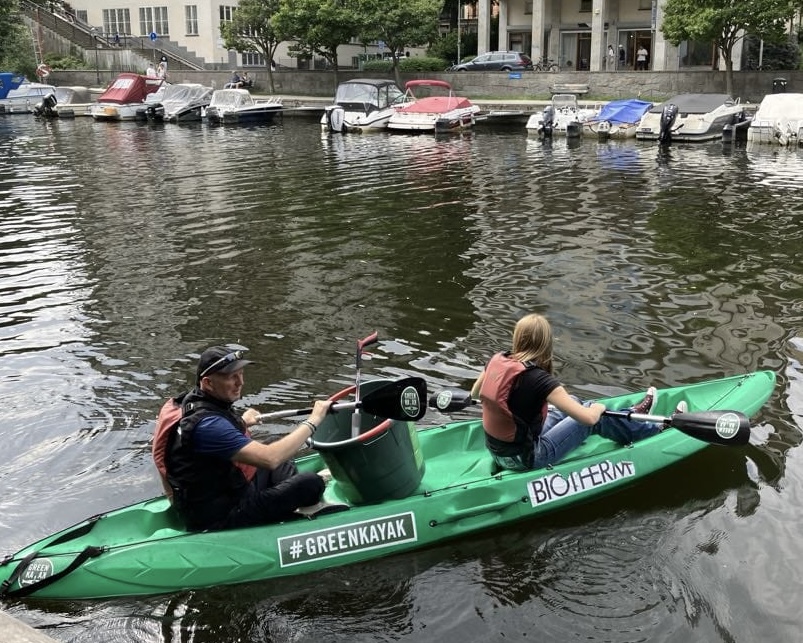“Spain has a special place in my heart,” admits Ralph, a tour guide from the US. “The food culture, the people, the weather and the scenery keep bringing me back over and over again.” And while Spain is certainly popular with travelers, tourism is often focused on peak season summer visits to its beautiful beaches or historic cities. But looking beyond this, what Ralph has unlocked through more responsible off-season travel is the unexpected upgrade of exploring Spain’s Rioja region in the autumn grape harvest.
“Rioja is Spain’s most famous wine region,” smiles Ralph. “And there’s a reason for that!” Situated in the north of Spain, Rioja’s climate, soils and timeless traditional skills combine with its dominant grape, the Tempranillo, to create a distinctive and consistently good red wine. While the region also produces some white and even sparkling wines – it’s the reds that Rioja’s known for. “They’re really bold and kind of heavy,” considers Ralph. “They really live up to expectations.”
Which makes taking a tour of one (or more) of the region’s 500 wineries an absolute must in autumn. “They’re amazing,” says Ralph. “It’s a great way to taste different vineyards.” A local expert talks you through the process, explaining the grapes and the equipment before you head to the tasting room. “There’s usually three wines to try,” Ralph says. “And they explain each one, getting you to explore the taste and talk about it. It’s educational and fun.” And of course, you’ll probably end up buying a bottle or two. “Buying directly from the local vineyard supports the local economy, and that’s very important,” emphasizes Ralph. “I’ve got to think that these vineyards are very environmentally conscious, especially of water,” he adds.
To learn more, Ralph recommends the Vivanco Museum of Wine and Culture in Rioja. “It takes you through the history, the equipment – it’s a wonderful museum,” he enthuses. And you can delve even more deeply into the region’s wine culture by descending beneath the streets of Laguardia. “Beneath this beautiful little hill town is a labyrinth of underground caves,” explains Ralph. “Originally, they were for hiding from marauders, but they turned out to be perfect for storing wine!” Here you can see the winemaking process and even do a tasting. “It’s a different kind of experience than a vineyard,” he says. “Absolutely wonderful.”

And the vineyards themselves are absolutely wonderful in autumn as the season brings vibrant reds, golds and yellows to a countryside bathed in crisp autumnal light. “As well as the landscape and the vines, some of the buildings are designed by the world’s biggest architects,” marvels Ralph.
“They are absolutely spectacular!” On show are some truly iconic designs: The Ysios winery was designed by the top Spanish architect Calatrava. “It’s got this really wavy roof that’s meant to mimic the Sierra de Cantabria mountains behind it,” raves Ralph. “It’s amazing! Unique!” And the Marqués de Riscal Vineyard Hotel combines its world-class winery with avant-garde architecture by Frank O. Gehry. “It’s steel and titanium,” Ralph says. “But it’s all colored. It’s really incredible. And it’s one of the best vineyard visits I’ve ever done,” he adds.
This iconic architecture reinforces how wine is much more than a product in Rioja; it’s part of the region’s cultural identity – it’s very soul. And this is really brought home in autumn with the grape harvest and the Rioja Wine Harvest Festival. On September 21st, Logroño is filled with color and crowds for the traditional crushing of first grapes. Arms interlinked, two men in regional dress trample the grapes barefoot until enough juice has been squeezed to fill a jug as an offering to their patron saint, Our Lady of Valvanera. The celebrations last all week with parades, music, dancing and traditional Spanish sports. But at its heart is the wine.
“I really enjoy the Rioja reds,” reiterates Ralph. “They pair well with the local foods.” Rioja is known for its food culture that is often built around locally grown fruit and vegetables – especially tomatoes and peppers. And alongside the wine, Logroño has a pintxos culture. “You walk into a bar, have a small beer and a bite of pintxos, then move on to the next place.” These beers are small but the range of pintxos on offer is huge. “The Calle del Laurel is one of the best food streets in Spain and it’s got around fifty pintxos restaurants,” Ralph recounts. “They all have specialties, and you just go from one to the other. It’s awesome.”
And autumn in Rioja also brings the delights of the olive harvest and truffle season too. “You can do olive oil tastings,” says Ralph. “They use blue glasses, so you won’t be influenced by the color. It’s really cool.” In fact, autumn is a gastronomic feast in Rioja: a time when the region is at its best. “And it’s so affordable,” concludes Ralph. “That’s what I love about Spain. You get this incredible lifestyle and culture and it’s all so affordable. I just keep coming back!”
Video tours by Ralph can be found on Youtube as @ContinentalDrifter










